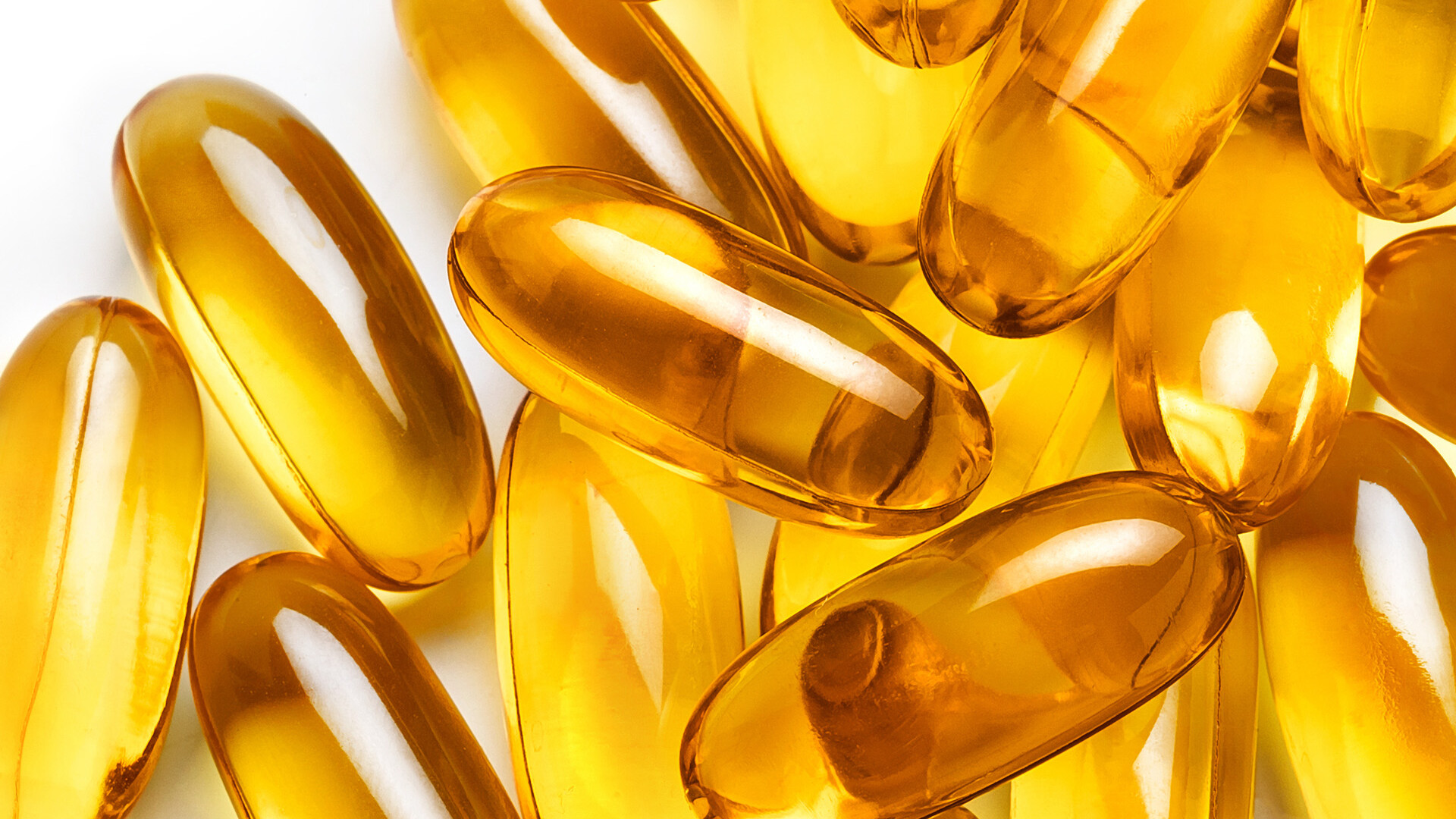
A Fishy Issue: Oxidation in Softgels
The issue of oxidation in nutraceutical products containing fish oils is a known but complex one that requires a great of experience from the manufacturer.
Marine oils by their nature are highly susceptible to oxidation due to the large number of polyunsaturated fatty acids (PUFA) they contain. Adding further complexity is that different markets often have different standards and expectations regarding oxidation levels.
A good place to begin is to explore how we measure and test for oxidation in the primary and secondary breakdown products, both in the raw material and in the capsules. The measurements used in the industry are peroxide value (PV), anisidine value (AV) along with a composite of both, called Totox.
The PV test is a good way to measure hydroperoxides, which are primary oxidation products in fresh oils, at very early stage of the shelf life of a product. In the market a PV of 10 is widely accepted. The secondary stage of oxidation occurs when these hydroperoxides decompose to form other compounds, in particular aldehydes, which gives the fish oil a rancid smell. To measure secondary oxidation the AV test is used.
One of the most obvious ways we can reduce oxidation – or specifically the PV level – is by utilizing higher quality ingredients. So, for example, in Scandinavia where consumption of omega 3 products is one of the highest in world; many of our customers are sensitized regarding the PV value and quality of the fish oil ingredients and often requesting values below 5 in a softgel. In which case, we look for raw material for the fish oil with a specified low peroxide value in the, normally in the range of 3 to 5. But to ensure this quality then translates to the final product, you do, of course, also require an adapted manufacturing process. The challenge is that all oils are prone to oxidation and you can never stop it completely, but you can make efforts to reduce it at each stage. During encapsulation, where oxygen has the potential to come into contact with the oil, reducing exposure to this is a key consideration. Reducing exposure here will help ensure we can produce a product that has minimized oxidation from the start, which will deliver a greater shelf life. At Sirio Europe, we have spent a good deal of years looking at this issue specifically and we have developed a specialized process technology that uses protective gases for the preparation of the fill material prior to encapsulation. Most often, nutraceutical manufacturers will use nitrogen to ensure the mixing tank is free of oxygen, but we go a step further, by using argon, which is even more effective than nitrogen in protecting the oil from oxidation.
What types of formulations for fish oils?
The most common fish oil products is Omega 3, typically containing 500 – 1000 mg of fish oil, often with the addition of oil soluble vitamins. The antioxidant vitamin E (tocopherol) is one such addition – which obviously comes with the benefit of protecting the fish oil from degradation – but customers often also include vitamin D and vitamin K. However, more complex compositions, containing water insoluble vitamins and minerals, are far more difficult to develop and manufacture while keeping the risk of oxidation low. For instance, adding vitamin C and iron will lead to increased oxidation. It’s in these types of products that customers will need to rely upon the experience of the manufacturing team or contract partners, especially with softgel formulations where stability and shelf life can be difficult to achieve.
Here is, perhaps, where we are a little different because we are also a pharmaceutical manufacturer. That means we perform all stability tests according to ICH guidelines. These globally harmonized guidelines were created by the International Council for Harmonization of Technical Requirements for Pharmaceuticals for Human Use (ICH) applicable for testing medicinal products. So rather than run two testing regimens, we also adopted the higher standards of the pharmaceutical industry for the shelf-life testing of nutraceutical products.
But once a formulation is complete, there is one further consideration we encourage all our clients to look at as it can have enormous impact on the real-world stability of products – especially the peroxide value – the packaging. For example, if the product is packed using a cheap PVC material or stored for long lengths of time it’s likely to affect the quality of the product.
Ultimately every case is different, and the experience of the manufacturer will be the key component in producing a good quality product as many things can affect the outcome. It could be formulation, in terms of the composition of the ingredients, because if you mix fish oil with vitamin c and iron that is a complex formulation. So, of course it’s going to be difficult to predict what happens to the fish oil; what happen to the content of EPA, DHA or the vitamins. Secondly, some properties of the quality of the raw material also influence the properties of the capsule. If the fish oil has a high peroxide value to start with, the product will not be better. For example, if there are some manufacturing steps performed at high temperature or without the cover of the inert gas, or the milling of some solid ingredients with too much energy, which will influence the quality and stability of the products.
But we are also seeing continuous innovation, with chewable softgels growing in popularity for children and we are now producing big quantities in Europe. Here, the fish oils are encapsulated with some aroma and a sweetening agent. Another development are the enteric capsules for fish oils, which are made of the gastro resistant shell. This means that the capsules go through the stomach complete and are only digested in the intestine. This is big advantage, as it means there is no after taste, and the fill ingredients are protected from the gastric environment. When taking supplements that have a high fat content, like omega 3 or other essential oils, many users experience acid reflux symptoms, like belching and heartburn. An enteric shell does not dissolve in the stomach but in the intestine, and this avoids such symptoms altogether giving a much-improved consumer experience.
Related articles

SIRIO launches PureOrganixTM range of gummies and softgels at Vitafoods Europe 2024

SIRIO launches personalised women’s health platform at Vitafoods Europe

Delivery format trends for joint health supplements

Sirio launches pharma targeted softgels at CPHI Barcelona

SIRIO Launches PlantegrityTM Softgel range
